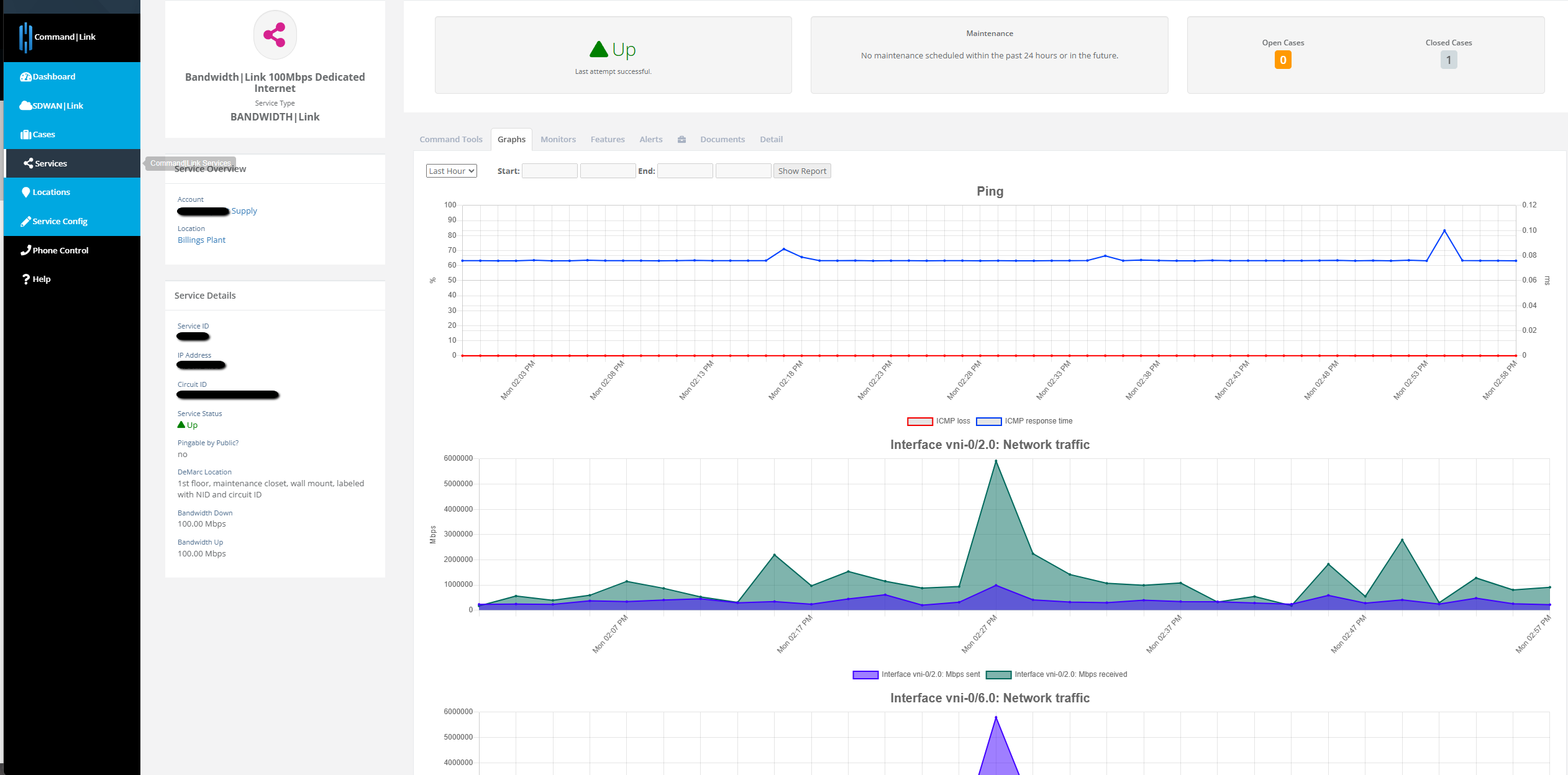
SD-WAN (Software-Defined Wide Area Network) offers several advantages over traditional MPLS (Multiprotocol Label Switching) or point-to-point centralized networks, making it a more flexible and efficient solution for modern enterprise networking.
Here’s a breakdown of what makes SD-WAN special:
Cost Efficiency
- SD-WAN: Utilizes cost-effective internet connections (broadband, LTE, etc.) alongside or instead of expensive MPLS circuits. It dynamically routes traffic over the most efficient path, reducing reliance on high-cost dedicated lines.
- MPLS/Point-to-Point: MPLS is expensive due to dedicated, private circuits with guaranteed bandwidth. Point-to-point networks often require costly leased lines for each connection.
- Why it’s special: SD-WAN lowers operational costs by leveraging commodity internet while maintaining performance, making it ideal for businesses with budget constraints.
2. Flexibility and Agility
- SD-WAN: Centralized management and software-defined policies allow rapid deployment, configuration changes, and scalability. It supports multiple connection types (MPLS, broadband, 4G/5G) and dynamically selects the best path based on application needs.
- MPLS/Point-to-Point: MPLS is rigid, with long provisioning times (weeks or months) for new sites. Point-to-point networks are inflexible, requiring dedicated circuits for each location, limiting scalability.
- Why it’s special: SD-WAN’s agility enables quick adaptation to changing business needs, such as adding new branches or supporting cloud applications.
3. Application-Aware Traffic Management
- SD-WAN: Prioritizes traffic based on application requirements (e.g., low latency for VoIP, high bandwidth for video streaming). It uses real-time path selection to optimize performance, even over less reliable internet links.
- MPLS/Point-to-Point: MPLS offers predictable performance but lacks dynamic application-aware routing. Point-to-point networks typically don’t prioritize traffic intelligently, leading to potential bottlenecks.
- Why it’s special: SD-WAN ensures optimal performance for critical applications, improving user experience and productivity.
4. Cloud and SaaS Optimization
- SD-WAN: Designed for cloud-centric environments, it provides direct internet access at branch sites for SaaS (e.g., Office 365, Salesforce) and cloud services (AWS, Azure), reducing latency and backhaul through central data centers.
- MPLS/Point-to-Point: MPLS often forces traffic through a central hub, increasing latency for cloud/SaaS applications. Point-to-point networks are not optimized for cloud access, requiring complex configurations.
- Why it’s special: SD-WAN aligns with modern cloud-first strategies, enabling faster and more efficient access to cloud services.
5. Resilience and Reliability
- SD-WAN: Automatically reroutes traffic across multiple links (e.g., MPLS, broadband, LTE) if one fails, ensuring high availability. Features like packet duplication and forward error correction enhance reliability over unreliable links.
- MPLS/Point-to-Point: MPLS offers high reliability but is vulnerable to single points of failure without costly redundancy. Point-to-point networks lack dynamic failover, leading to downtime if a link fails.
- Why it’s special: SD-WAN’s redundancy and failover capabilities ensure continuous connectivity, even in challenging network conditions.
6. Simplified Management and Visibility
- SD-WAN: Provides centralized orchestration with a single dashboard for monitoring and managing the entire network. It offers deep visibility into application performance and network health.
- MPLS/Point-to-Point: MPLS requires complex, manual configurations for each site, with limited visibility into application performance. Point-to-point networks are even harder to manage due to their decentralized nature.
- Why it’s special: SD-WAN’s centralized control reduces IT overhead, simplifies troubleshooting, and enables proactive network management.
7. Security Features
- SD-WAN: Integrates advanced security features like encryption, firewalls, segmentation, and zero-trust policies directly into the platform, reducing the need for separate security appliances.
- MPLS/Point-to-Point: MPLS is inherently secure due to its private nature but lacks built-in advanced security features. Point-to-point networks require additional security measures, increasing complexity.
- Why it’s special: SD-WAN’s embedded security supports secure connectivity for distributed workforces and branch offices without additional hardware.
8. Support for Remote Work and Distributed Environments
- SD-WAN: Easily extends to remote workers and branch offices through lightweight appliances or software clients, supporting secure and optimized connectivity.
- MPLS/Point-to-Point: MPLS is not designed for remote work, requiring VPNs or additional infrastructure. Point-to-point networks are impractical for dynamic, distributed environments.
- Why it’s special: SD-WAN supports modern hybrid work models, ensuring consistent performance for remote and on-site users.
SD-WAN stands out for its cost-effectiveness, flexibility, and ability to optimize performance for cloud applications and distributed environments. Unlike MPLS, which is reliable but expensive and rigid, or point-to-point networks, which are inflexible and hard to manage, SD-WAN combines the best of both worlds: enterprise-grade performance with the agility and affordability of internet-based connectivity. Its application-aware routing, built-in security, and centralized management make it a game-changer for businesses navigating digital transformation, cloud adoption, and remote work.







